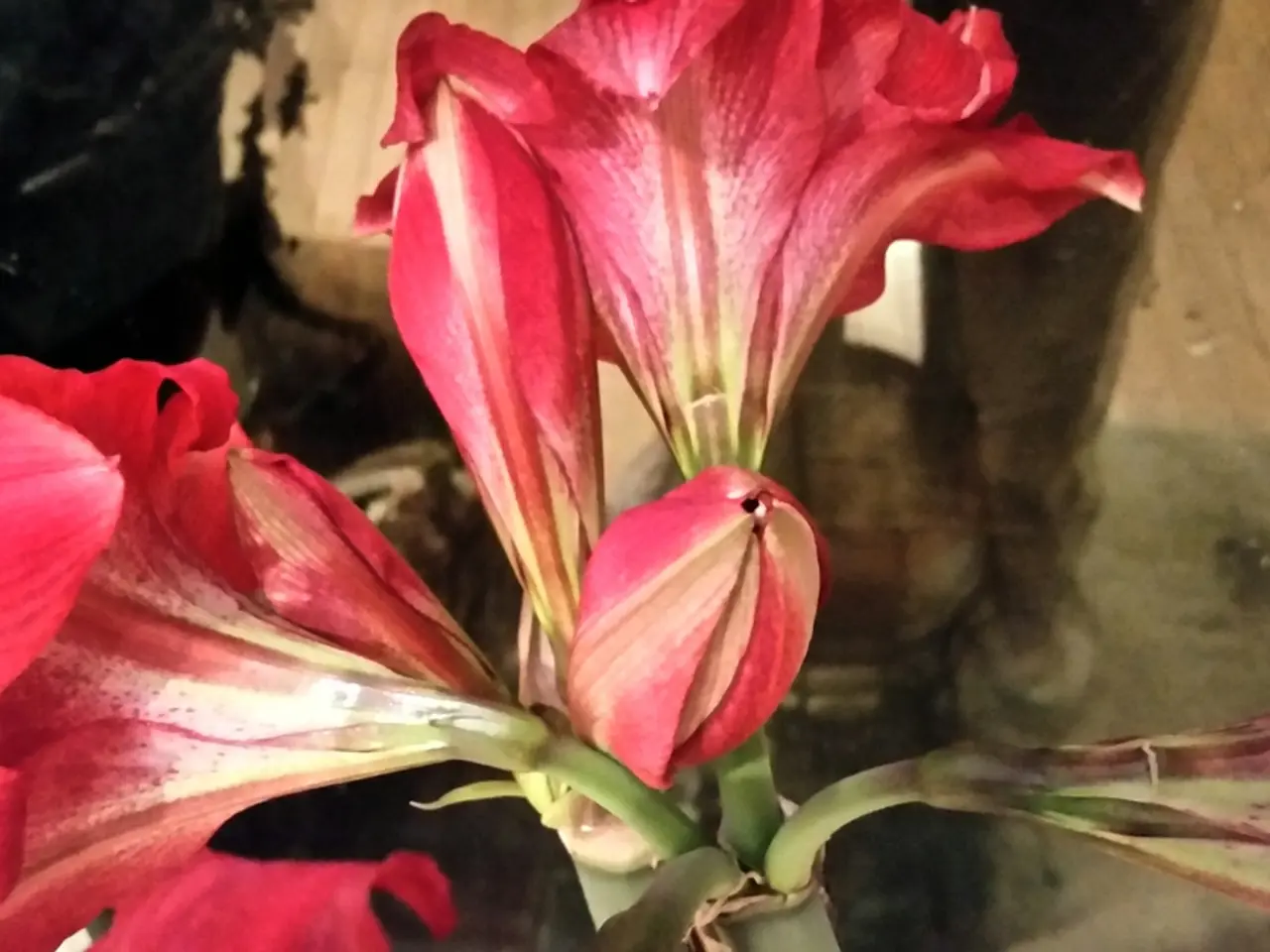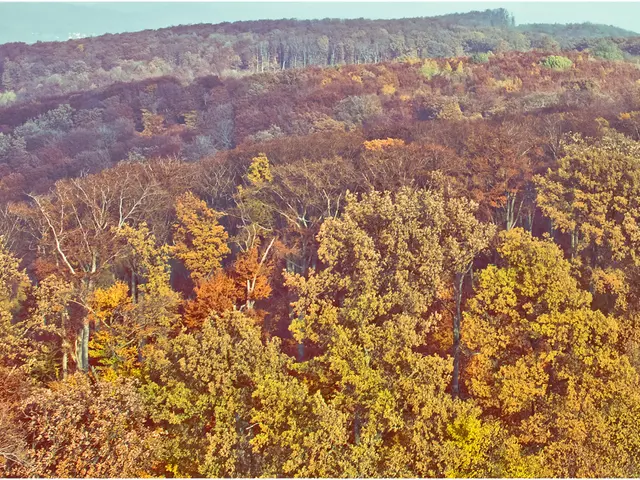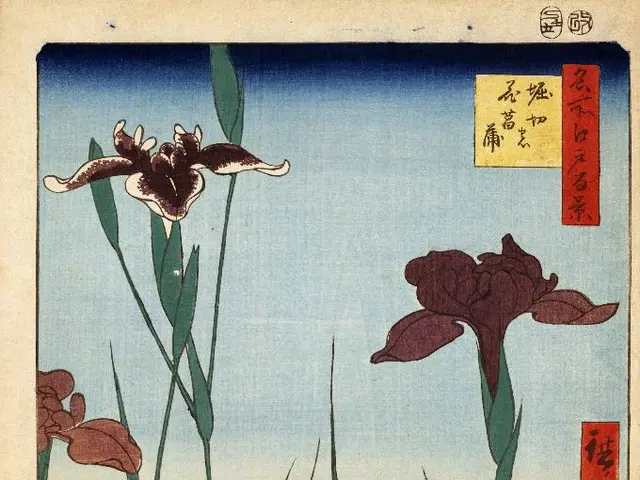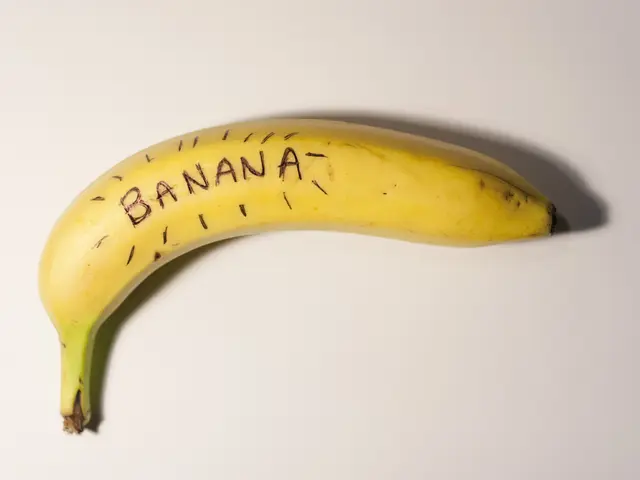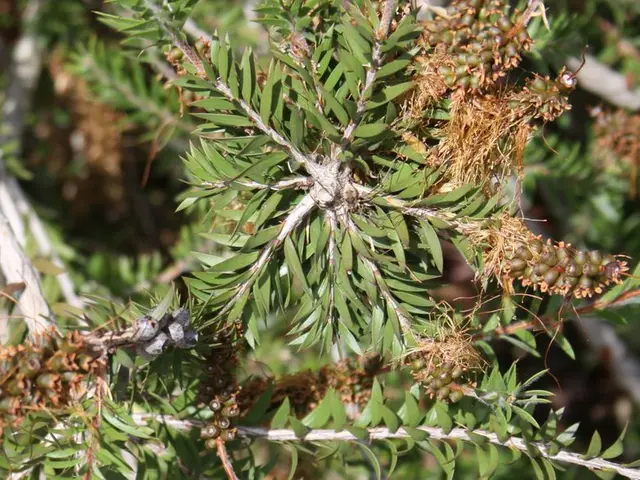Blooming With Buzz: Crafting a Garden Filled with Flowers Attractive to Pollinators in February
Let's Get Your Garden Buzzing: A Pollinator-Friendly Guide
Time to shake off those winter blues and get planting, because February is the perfect month to prepare a pollinator-friendly garden! Bees, butterflies, and hummingbirds are just waiting for a vibrant haven where they can find nectar and pollen. Here's everything you need to create a thriving pollinator paradise.
What's the Big Deal About Pollinators?
Pollinators play a crucial role in the ecosystem, transferring pollen from one flower to another and helping plants reproduce. With many fruits, vegetables, and flowers dependent on them, these little helpers can make a big difference. By planting nectar-rich flowers early in the season, you're providing essential food for pollinators when natural forage is scarce.
Let's Dish on the Best Flowers to Plant
When it comes to early blooming flowers, there are plenty of options to choose from. Some great choices for February include cosmos, herbs like borage, basil, thyme, and coriander, and open, flat flowers that are easier for pollinators to access. Be sure to factor in bloom timing, so you're providing food sources as soon as the pollinators emerge from their winter slumber. Here are a few suggestions:
- Crocus: These vibrant blooms come in purples, yellows, and whites and provide one of the first nectar sources for bees.
- Hellebores (Lenten Rose): Cold-hardy perennials that bloom late winter, hellebores attract early pollinators.
- Snowdrops: Delicate white blossoms that poke through the snow, offering an early food source for pollinators.
- Winter Aconite: Bright yellow blossoms that thrive in late winter, loved by bees.
- Daphne: A fragrant shrub that produces clusters of small pink or white flowers in winter, delighting both your nose and those busy pollinators!
- Mahonia: Striking evergreen shrub with yellow flowers that bloom in late winter, cherished by bees.
Designing Your Dazzling Pollinator Garden
To maximize your garden's appeal to pollinators, consider these simple design tips:
- Mix it up: Plant a variety of flowers with staggered bloom times to ensure a continuous food supply throughout the year.
- Keep it local: Opt for native plant species, as they are best adapted to your area and require less maintenance.
- Cluster planting: Group similar flowers together so pollinators can easily spot and access the nectar buffet.
- Avoid the bad stuff: Use organic gardening methods to protect pollinators from harmful pesticides.
- Offer shelter: Include shrubs, logs, or bee hotels to offer nesting sites and protection from predators.
Additional Ways to Support Pollinators
If you're really keen on going the extra mile, here are some additional ways to help out our busy little friends:
- Create a watering hole: Install a shallow water dish with pebbles for bees and butterflies to take a sip.
- Leave it be: Allow some areas of soil to remain undisturbed for ground-nesting bees and other pollinators that prefer to burrow in the ground.
- Grow herbs: Herbs like rosemary, thyme, and oregano don't just provide nectar and pollen; they also offer tasty treats for the chef in your life.
- Let it go: Allow some plants, like dandelions and clover, to bloom before mowing, as these provide valuable early sources of nectar and pollen.
Keeping Your Pollinator Garden in Tip-Top Shape
Maintaining a pollinator garden throughout the year not only makes for a beautiful space but also serves as a thriving habitat for pollinators. Here are some tips to help keep your garden buzzing all year long:
- Diverse Blooms: Include a mix of perennials, annuals, and native species that bloom at different times throughout the growing season.
- Pesticide Management: Use organic gardening methods to protect pollinators from harmful chemicals.
- Provide Shelter: Leave some areas of your garden undisturbed, with bare ground for ground-nesting bees, and provide shallow water sources.
- Seasonal Care: In the fall, leave some plant stems and seed heads over the winter for shelter and food sources, and cut back perennials and remove dead plant material in the spring.
- Soil Health: Use organic compost to improve soil health and mulch to retain moisture while reducing weeds. Avoid over-fertilizing, as this can harm pollinator habitats.
- Keep Learning: Stay informed about pollinator conservation, attend local gardening workshops, join community gardening groups, and monitor the plants that attract the most pollinators to adapt your garden as necessary.
Ready, Set, Bloom!
A pollinator-friendly garden not only adds charm to your outdoor space but also supports the health of local ecosystems. By incorporating early-blooming flowers and sustainable gardening practices, you can create a sanctuary that attracts bees, butterflies, and other pollinators this February. So grab your gardening gloves, and let's get to work on transforming your garden into a pollinator paradise!
Are you ready to revamp your garden and bring in the pollinators? Share which flowers you're planting this season in the comments!
- By incorporating science-backed techniques and environmental-science principles, you're not only enhancing your lifestyle but also contributing to the conservation of essential pollinators.
- To further support the pollinators, consider delving into home-and-garden activities like gardening and herb cultivation, which provide additional food sources and shelter for these fragile creatures.
